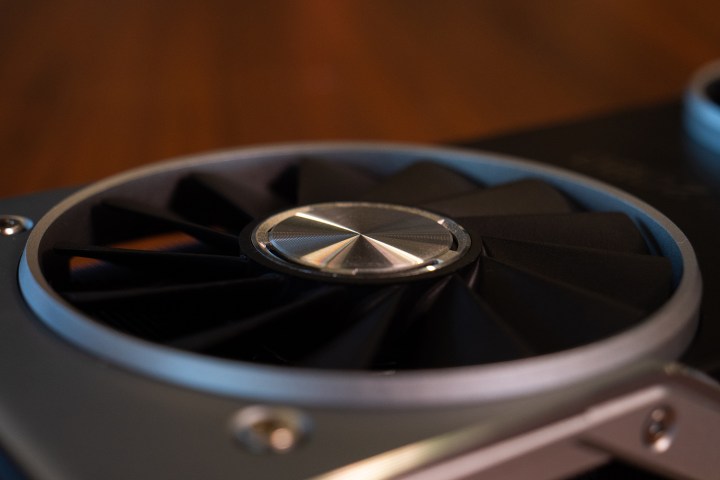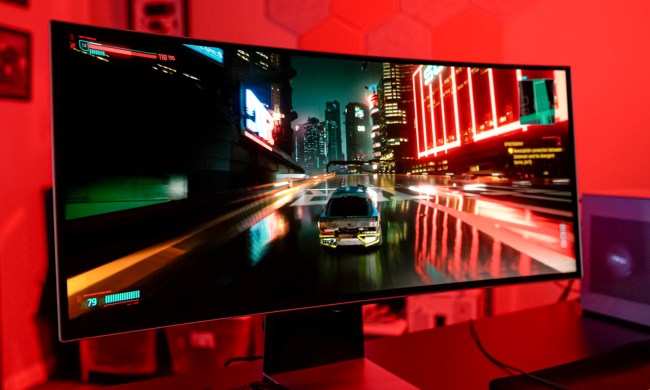
Nvidia’s upcoming midrange GeForce GTX 1660 graphics card has been anything but a secret recently and several leaks over the past few months have supported an impending launch. In the latest, an accidental listing on Amazon provided a peek at the final cost of some new systems with the GeForce GTX 1660 Ti onboard, according to a report from HotHardware.
Though no longer listed, a total of two GeForce GTX 1660 Ti powered PCs from iBuyPower were leaked on the online retailer over the weekend. The pricing for both PCs is slightly cheaper than expected, likely due to the inclusion of the upcoming Nvidia midrange graphics card. Other systems from iBuyPower with the more powerful RTX 2060 graphics card retail for $1,300 — a full $100 more than the leaked PCs with the GeForce GTX 1660 Ti.
The first system, priced at $1,200, comes configured with the Intel Core i7-8700 processor, 16GB of RAM, and a 480GB solid-state drive. The second PC comes in much cheaper at $1,079 and includes the Intel Core i5-9400F processor, 16GB of RAM, a 256GB solid-state drive and a 1TB hard drive. Both PCs come with Wi-Fi as well as customizable RGB lighting.
Based on what is currently known about the GeForce GTX 1660 and GTX 1660 Ti, it is believed that the midrange graphics cards will fall under Nvidia’s Turning lineup, and perform on a par with the GTX 1060 and 1070. There also won’t be any support on board for real-time tracing or DLSS on board. Nvidia did not yet officially announce either of the graphics cards, but it is believed that both might launch at the end of this week on February 22. Specific pricing on the cards has not been announced, but rumors have indicated that the 1660 Ti could debut with a recommended price tag of $280.
As for the technical side, leaked benchmarks from Ashes of the Singularity hinted that the GeForce GTX 1660 Ti could be as much as 20 percent faster than the GTX 1060. Press renders also recently showcased the specs on two GeForce GTX 1660 Ti cards from Palit. These confirmed the cards will come with TU116 GPU, 1536 CUDA cores, and 6GB GDDR6 memory. A second StormX OC variant, meanwhile, is said to include a clock speed of 1,815 MHz, while a standard version will clock in at 1,770 MHz.



